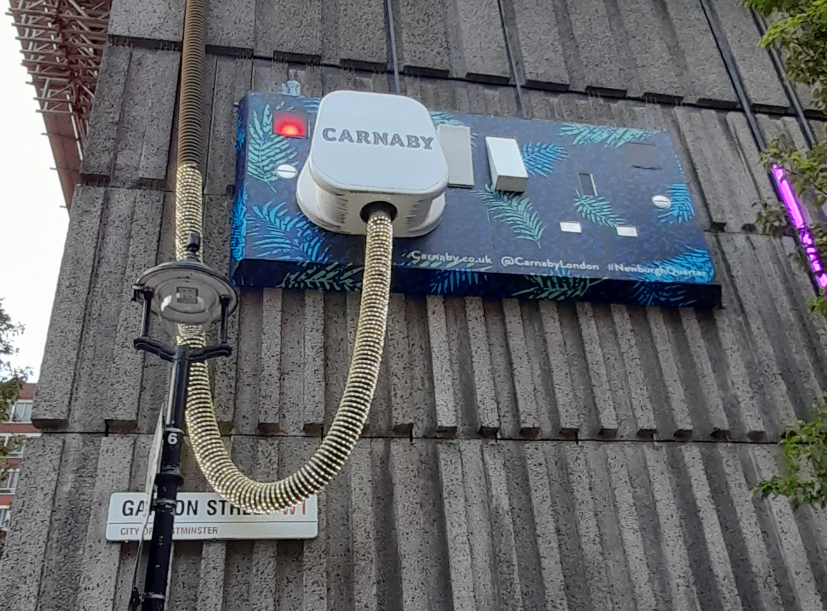It can be all too easy to ignore the plugs in our homes. After all, we stick them into the outlet and go about our business. But there is a lot more happening below the surface than meets the eye.
For instance, did you know that there is a litany of different plug types? Knowing more about them, where they are in use, and why they might be the right plug for your necessary applications.
Two Prong
The most common type of plug (from reputable vendors like RS) is the two-prong plug. These have both a hot and neutral wire in them but do not have a ground prong. You can also find these in two varieties. The one is polarized, where one blade is a little bigger than the other, and non-polarized, where both of the prongs are the same size. For the most part, the ones you’ll see fall into the latter category.
There may be some questions about why you wouldn’t have a ground wire to keep things safe and prevent damage to your tech and equipment. The two-pronged plug is generally attached to double-insulated appliances and tools, so you don’t really need to have a ground wire.
Three Prong
Similar to the two-prong plug, the three-prong plug is one of the most common plug types you will find. It looks very similar to the two-prong plug but with one key difference. There is a large circular pin between and just below the two prongs. As you can guess, the difference here is that one of them acts as the ground wire.
When you plug this kind into an outlet, the flat blades carry your neutral and hot to the equipment. The round one, meanwhile, acts as the grounding pin. You generally find these on larger pieces of equipment like electronics and appliances or where outdoor applications are necessary (think extension cords).
Four Prong
The NEMA 14-30, typically referred to as the four-prong plug, is a 30-amp plug. The most common instance of finding one of these is at the end of a hair dryer. For not only the plugs but the receptacle, you will find both a neutral and ground prong. This is largely due to the fact that electric dryers require 240 volts to activate the heating and motor applications.
Prior to the 1990s, these devices had three prongs rather than four. That’s because they relied upon the neutral to carry any ground current where necessary. Now, there is a separate connection for the ground wire, adding another element of safety to the equation. The older plugs will still work fine but only if the wiring in your new dryer doesn’t have the equipment needed to ground.
NEMA 10-30
This one can be a bit confusing because it is also a three-prong plug. The difference here is in the orientation. Instead of having the two flats on top and the pin below them, this one has a circular orientation for the three flats. One of those flats has a 90-degree angle as well, acting as the pin in this instance.
You will find this type of plug for appliances like a dryer. If you have a three-prong receptacle where the above mentioned four-prong would go, it should work fine. Depending on the manufacturer, there may even be instructions for properly grounding the dryer housing using the older cord configuration. Whatever the case, pay attention to the plug and voltage type rather than going around plugging into any old outlet. If you have any doubts, talk to a licensed electrician first.

